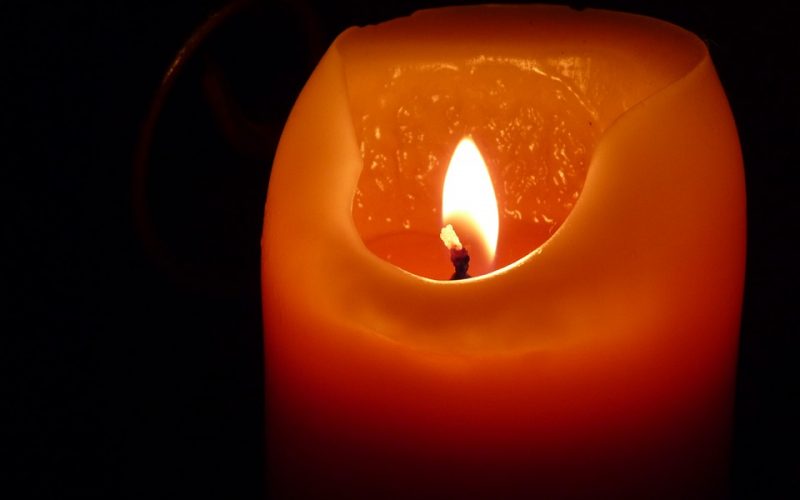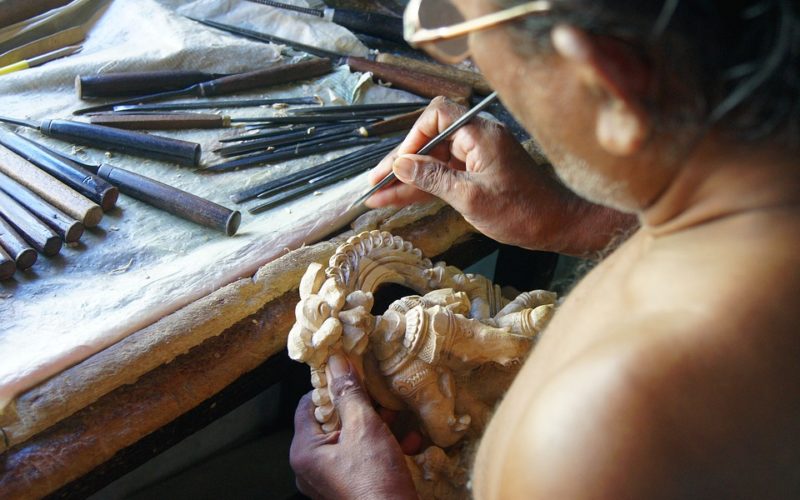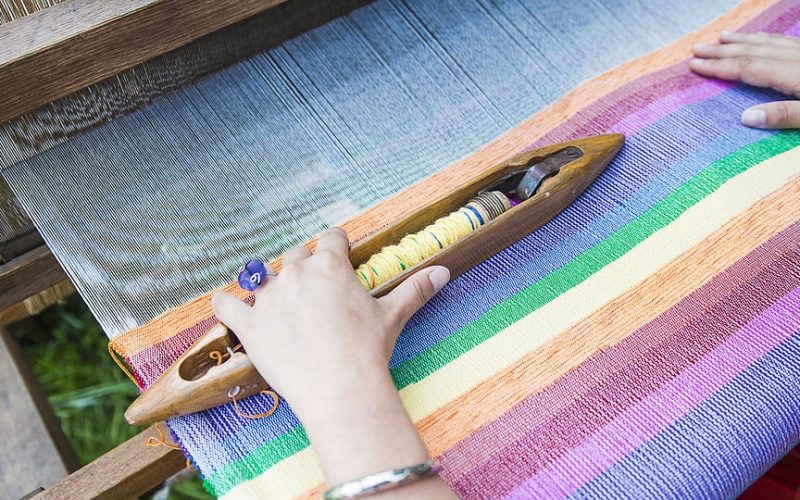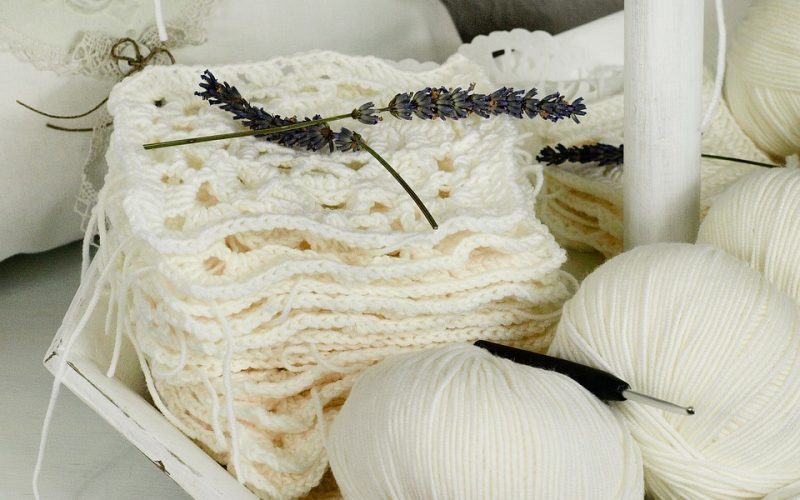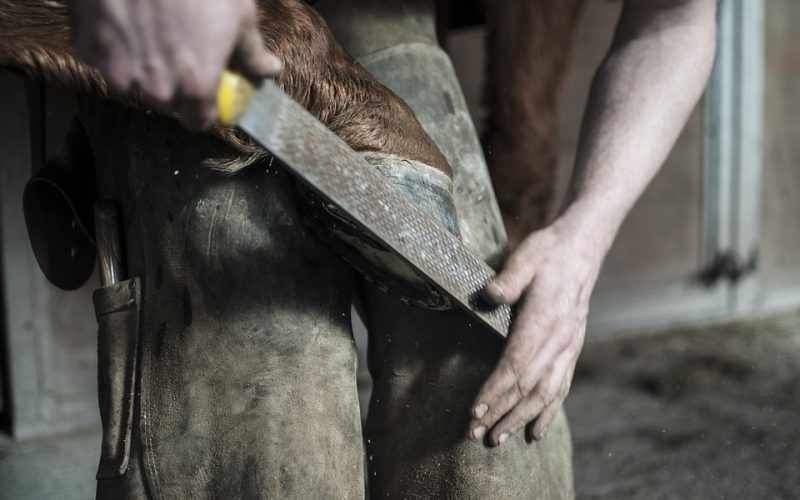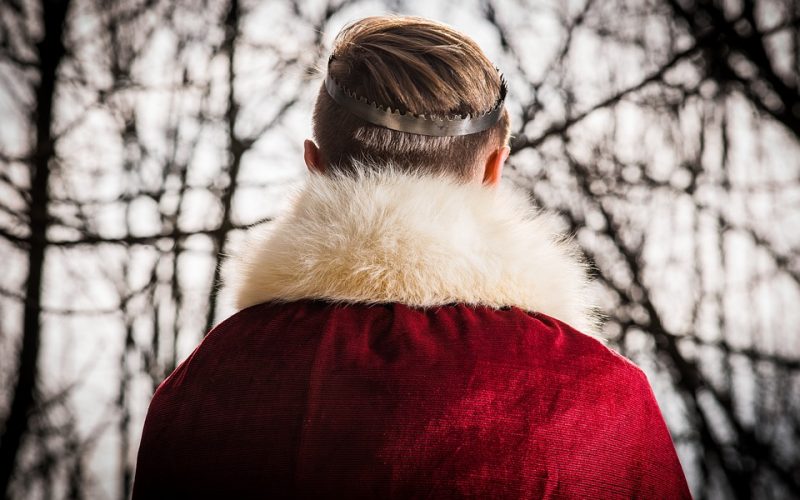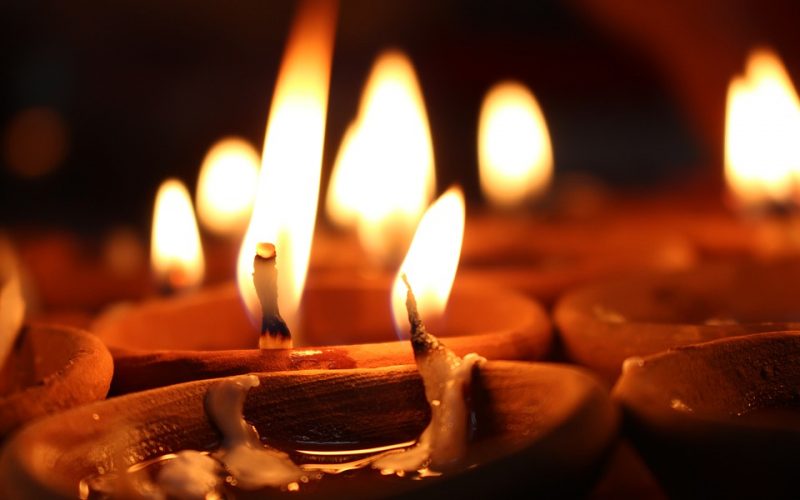There is nothing that says home and love like candles burning brightly, and early settlers made them by hand. Many areas did not have a lot of bees, so they made candles from tallow. The cotton wicks were dipped by hand into tubs or vats filled with the rendered fat of whatever animals had been butchered. Records indicate that cow and sheep fat were preferred, and they also point out that pig fat does not smell good when turned into candles.
Expense had a lot to do with how settlers made candles, and using tallow was the least expensive. Those who had enough money to purchase beeswax were considered rich, but many of them still had to create their own candles by hand dipping them. The beauty of beeswax was the honey smell, and settlers would buy it whenever they had the resources.
Modern candles are made using molds, but the majority of settlers made their own by dipping cotton wicks into whatever substance they were using. Since this was a yearly event, many candles were produced at the same time. Wicks would be dipped once into the substance and formed around a branch. As soon as enough waxed wicks were ready, the candle maker would dip all the candles into the fat or wax substance at the same time. This was a long process because it took many layers of wax to create a candle that would burn long enough to last through an evening.
Bayberry candles are popular today, and settlers would make them whenever there was a ready source of the plant. Unfortunately, it was not an efficient way to make candles because it took too many berries to make enough candles to last out the year. Those who were lucky enough to have bayberry generally reserved them for special occasions.
